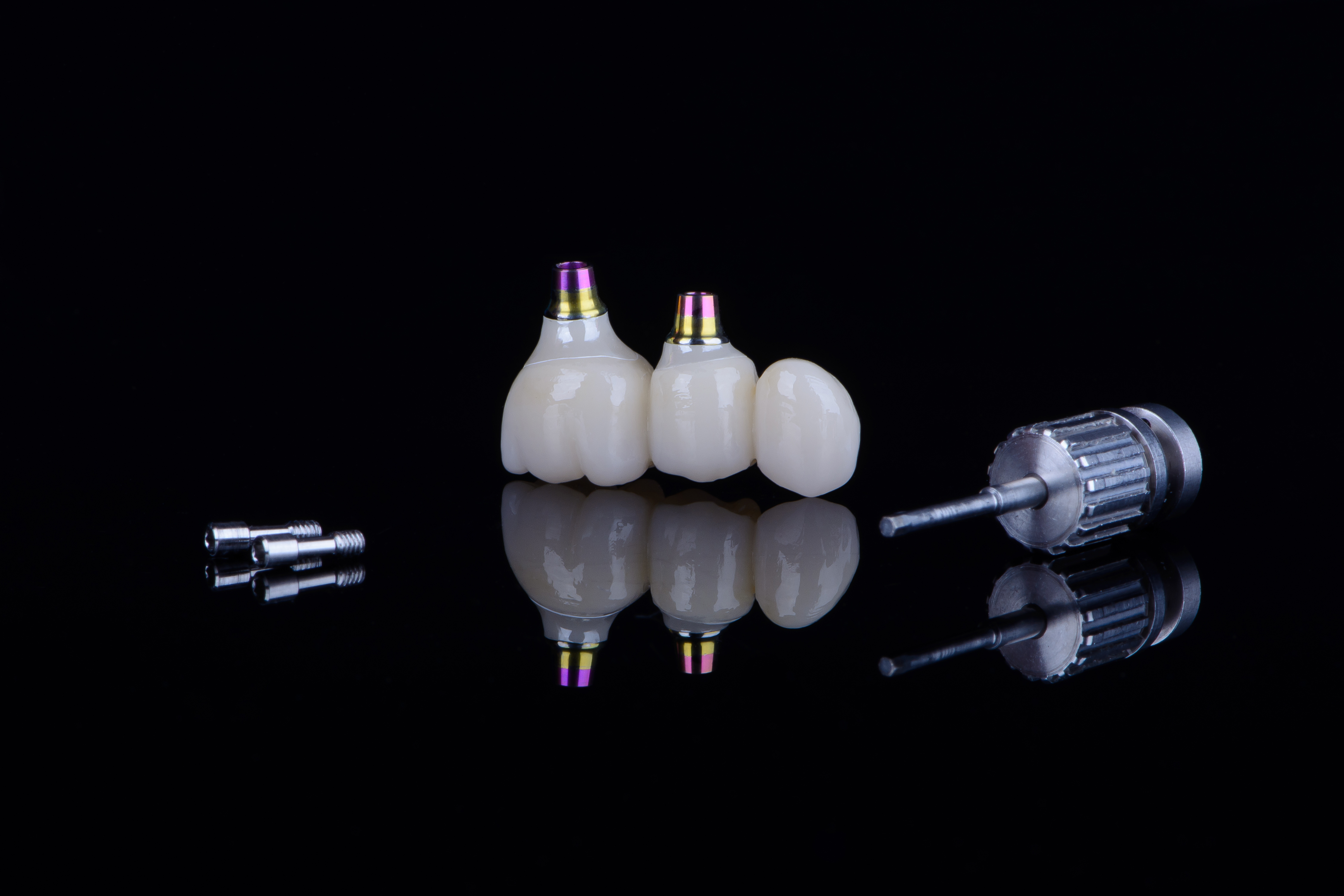All-on-4 vs All-on-6 Implant Treatment Options: Which is Right for You?

All-on-4 vs All-on-6 Implant Treatment Options: Which is Right for You?
Two popular
options for full arch dental implant treatments are All-on-4 and All-on-6.
These treatments provide patients with a permanent solution to missing teeth,
giving them the ability to eat, speak and smile with confidence.
The All-on-4
and All-on-6 treatments are similar in that they both involve the placement of
dental implants to support a full arch of replacement teeth. However, the main
difference between the two is the number of implants used. All-on-4 uses four
implants per arch, while All-on-6 uses six implants per arch. The decision
between the two treatments depends on the individual patient's needs and the
recommendation of their dental professional.
Both
treatments require a thorough evaluation of the patient's oral health and bone
density to ensure the implants have a strong foundation. The procedure involves
placing the implants into the jawbone and attaching a custom-made bridge to the
implants. The result is a natural-looking smile that is functional and
long-lasting.
Comparison
of All-on-4 and All-on-6
When it comes
to deciding between All-on-4 and All-on-6, there are several factors to
consider. The number of implants used is the main difference between the two treatments.
All-on-4 uses four implants, while All-on-6 uses six implants.
All-on-6
provides more stability and support than All-on-4 due to the additional
implants. However, All-on-4 is a less invasive procedure and can be completed
in a shorter amount of time.
Patients who
have a smaller jawbone or limited bone density may be better suited for
All-on-4. On the other hand, patients who require more stability and support
may benefit from All-on-6.
In
conclusion, All-on-4 and All-on-6 are both effective options for replacing
missing teeth. The decision between the two treatments ultimately depends on
the patient's individual needs and preferences. As a dental professional, I
always recommend discussing the options with a qualified dentist to determine
the best course of action for each patient.
Clinical
Considerations and Patient Suitability
Choosing the
right implant treatment option for a patient requires careful consideration of
various factors. In this section, clinical considerations and patient
suitability for All-on-4 and All-on-6 implant treatments will be discussed.
Assessment
of Bone Density
One of the
most important factors to consider when deciding between All-on-4 and All-on-6
implant treatments is the patient's bone density. Patients with low bone
density may not be suitable candidates for All-on-6 implants and may benefit
more from All-on-4 implants.
Oral
Health Prerequisites
Before
proceeding with any implant treatment, it is important to ensure that the
patient has good oral health. This includes addressing any periodontal disease,
decay, or other issues that may affect the success of the implants. Patients
with poor oral health may not be suitable candidates for either All-on-4 or
All-on-6 implants until their oral health has been adequately addressed.
Insertion
of Implant
With all-on-4
and all-on-6 implants, short implants are preferred when there is a lot of bone
loss in the posterior. The implant is placed without the need for bone grafting
surgery and sinus lifting procedures and temporary prostheses can usually be
fitted immediately.
Aesthetic
and Functional Outcomes
Another
important consideration when choosing between All-on-4 and All-on-6 implants is
the patient's desired aesthetic and functional outcomes. All-on-6 implants
provide more stability and support for the prosthesis, making them a better
option for patients who require more chewing force. However, All-on-4 implants
may be a more suitable option for patients who are more concerned about the
appearance of their prosthesis, as they allow for a more natural-looking smile.
In
conclusion, the decision to choose between All-on-4 and All-on-6 implant
treatments should be based on a careful assessment of the patient's bone
density, oral health, and desired aesthetic and functional outcomes.
- Veneer & Smile Design: Enhancing Your Smile with Precision
- Emax Crowns: A Guide to the Latest Dental Technology
- Zirconium Crowns
- Digital Smile Design: Enhancing Your Smile with Technology
- Hollywood Smile
- Tooth Diamond, Tattoo, and Dental Grillz: A Professional Guide
- Implant Treatments
- General Anaesthesia: A Professional Overview
- All-on-4 vs All-on-6 Implant Treatment Options: Which is Right for You?
- Jaw Tumor and Fracture: A Professional Overview
- Snoring Treatment
- Temporomandibular Joint Issues
- Surgical Procedures
- Bad Breath Treatment: Effective Solutions for Fresher Breath
- Dental Spa: A Professional Approach to Oral Health
- Teeth Grinding: Causes, Symptoms, and Treatment
- Periodontology (Gum) Treatments
- Gum Aesthetics – Pink Aesthetic
- Restorative Dentistry
- Inlay-Onlay Fillings: A Professional Guide
- Sensitive Dental Treatment: Tips for Managing Pain During Procedures
- Orthodontic Treatment
- Clear Aligners (Invisalign): The Transparent Alternative to Traditional Braces
- Endodontics: What You Need to Know About Root Canal Treatment
- Pedodontics (Pediatric Dentistry)
- Prosthetic Treatments in Dentistry: A Comprehensive Overview
- Teeth Whitening
